These insects are dangerous because they can affect human health through biting or stinging, and can potentially transmit serious infectious diseases.
Currently, there are many insect species that cause skin diseases and directly impact human health. It is important for people to be aware of them in order to prevent and protect themselves. The following article will highlight the most dangerous insect species in the world.
Listing the 12 most harmful insect species on the planet
Let’s now explore the harmful insect species and understand why they pose a threat to human health.
1. Mosquito
At the top of the list of the most dangerous insects is probably mosquitoes, as they are familiar to everyone’s daily life. They cause millions of deaths by transmitting diseases such as malaria, dengue fever. In addition, they also transmit skin infections through their bites. After being bitten by a mosquito, we are left with swollen, itchy, and irritating welts.
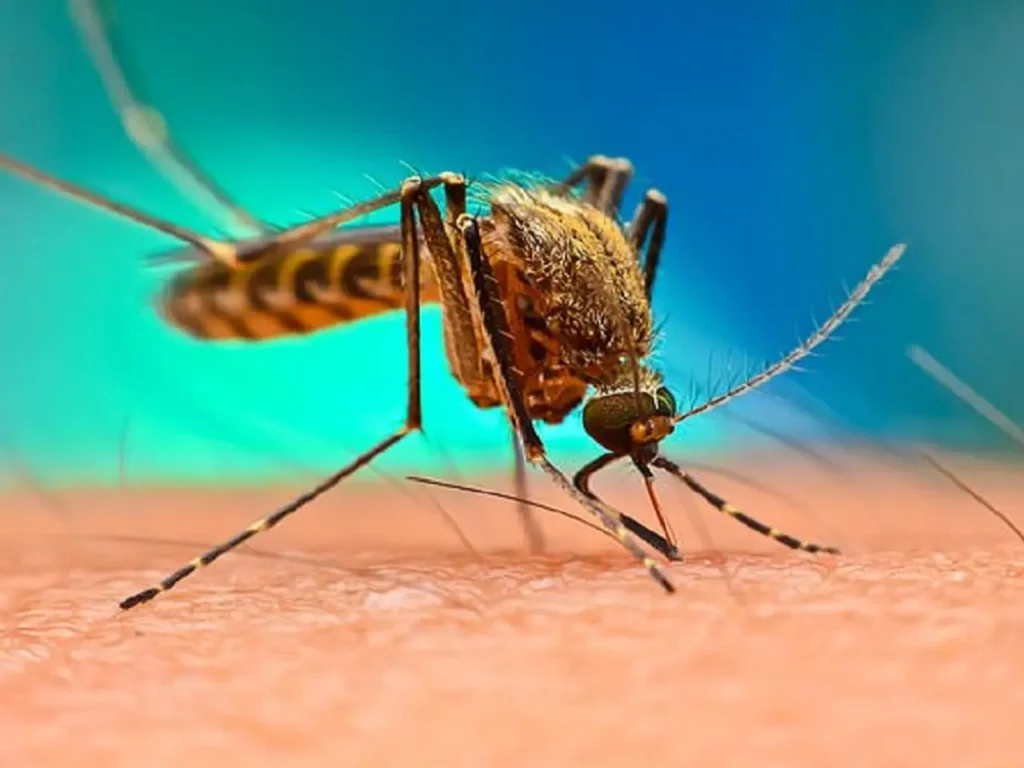
2. Blood-Sucking Bug
Blood-sucking bugs are commonly found everywhere. They are active mainly at night and target areas such as the eyes and lips of humans. Through their bites, they can transmit diseases and even cause fatalities.
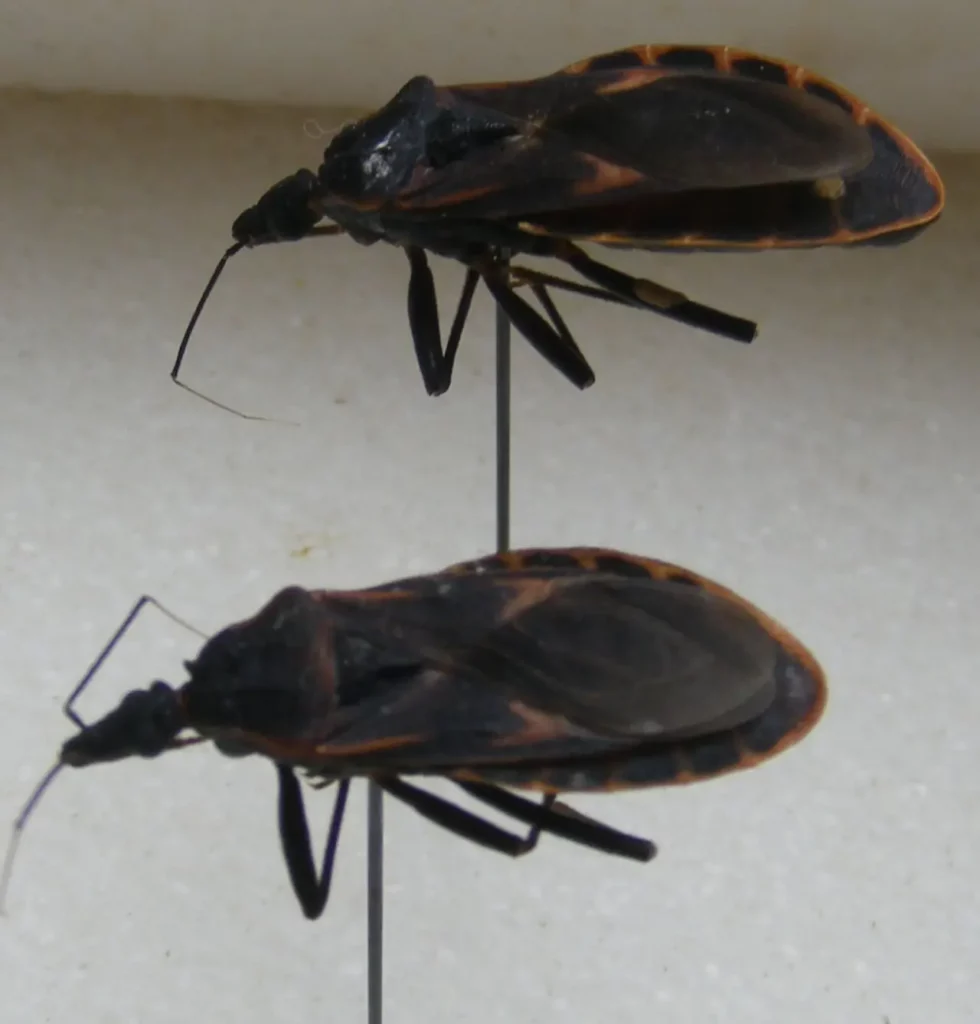
3. Fleas
Fleas are parasitic insects that typically live on the skin of their hosts, such as dogs, cats, and various bird species. Their purpose is to feed on blood and transmit diseases. Fleas have caused epidemics, such as the plague, and claimed the lives of many people in the past.
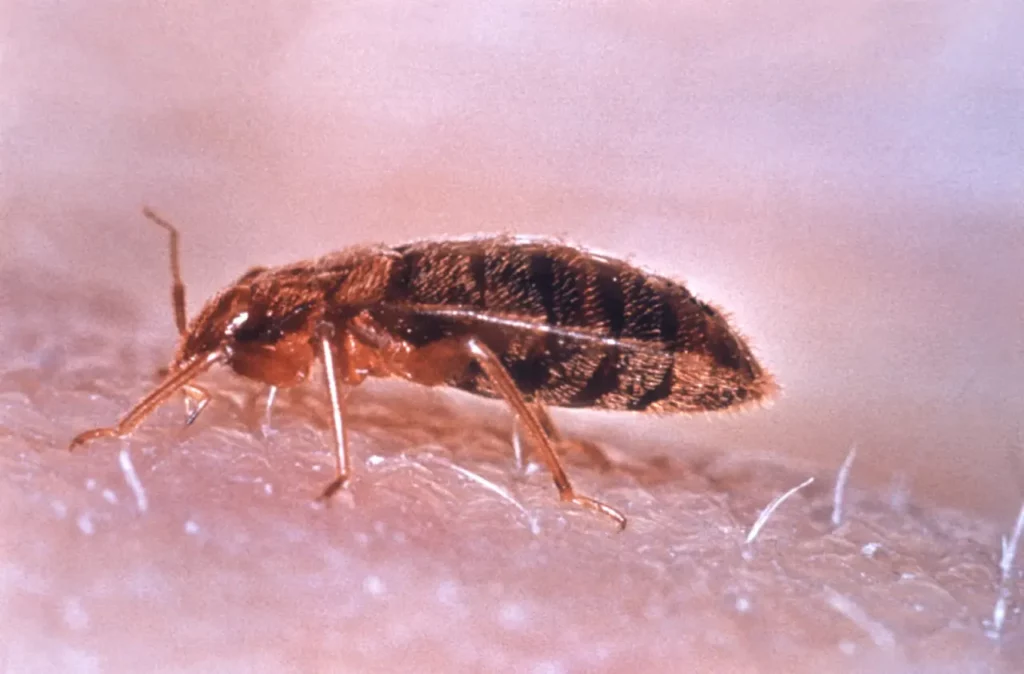
4. Centipede
Centipedes are terrifying insects for many people. They are durable and extremely dangerous. Centipedes move quickly and are known as one of the most leggy species in the world, with 20-300 legs. They can grow up to 42cm in length and thrive in hot and humid environments. With their agile movement using their limbs, they can easily escape from surrounding dangers.
Being bitten by a centipede can be a terrifying experience, and it can cause symptoms such as dizziness, nausea, seizures, and ringing in the ears. Centipedes possess toxins in their mouthparts, and the larger centipede, the more dangerous it is, posing a direct threat to human life. Therefore, if someone is bitten by a centipede, it is important to take them to the nearest medical facility for timely intervention and treatment.
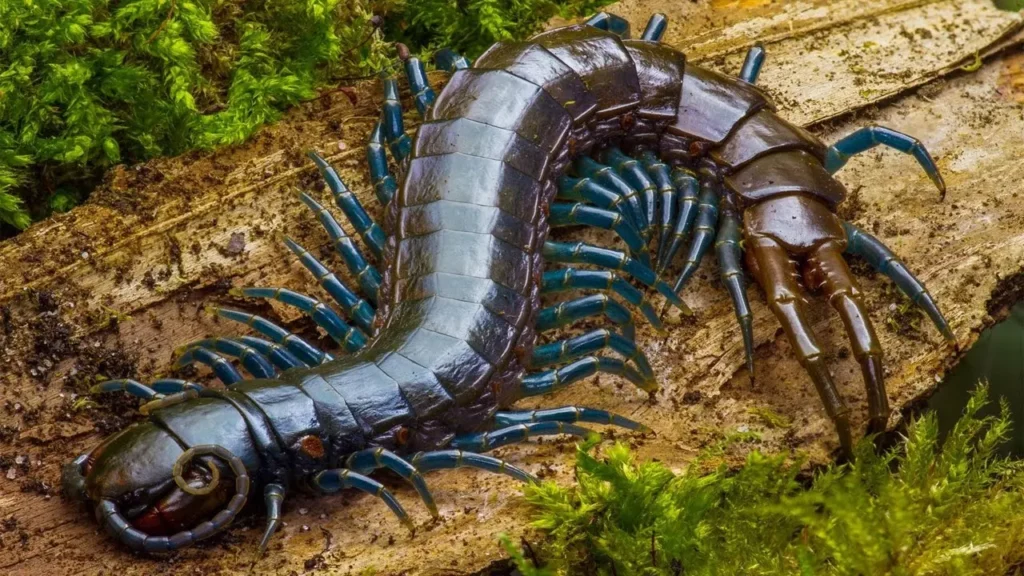
5. Scorpion
Scorpions are arachnids that have no backbone. They have eight legs and a tail containing venom. When stung by a scorpion, the affected area of the skin becomes swollen, similar to a bee sting, causing swelling, redness, pain, and even bruising. It can also cause dizziness, nausea, and incessant tearing, resembling a defensive shock and posing a life-threatening danger to humans.
This species of scorpion has caused numerous fatalities and is particularly dangerous for children and the elderly. Adults may experience more pain and multiple stings when bitten by a scorpion.
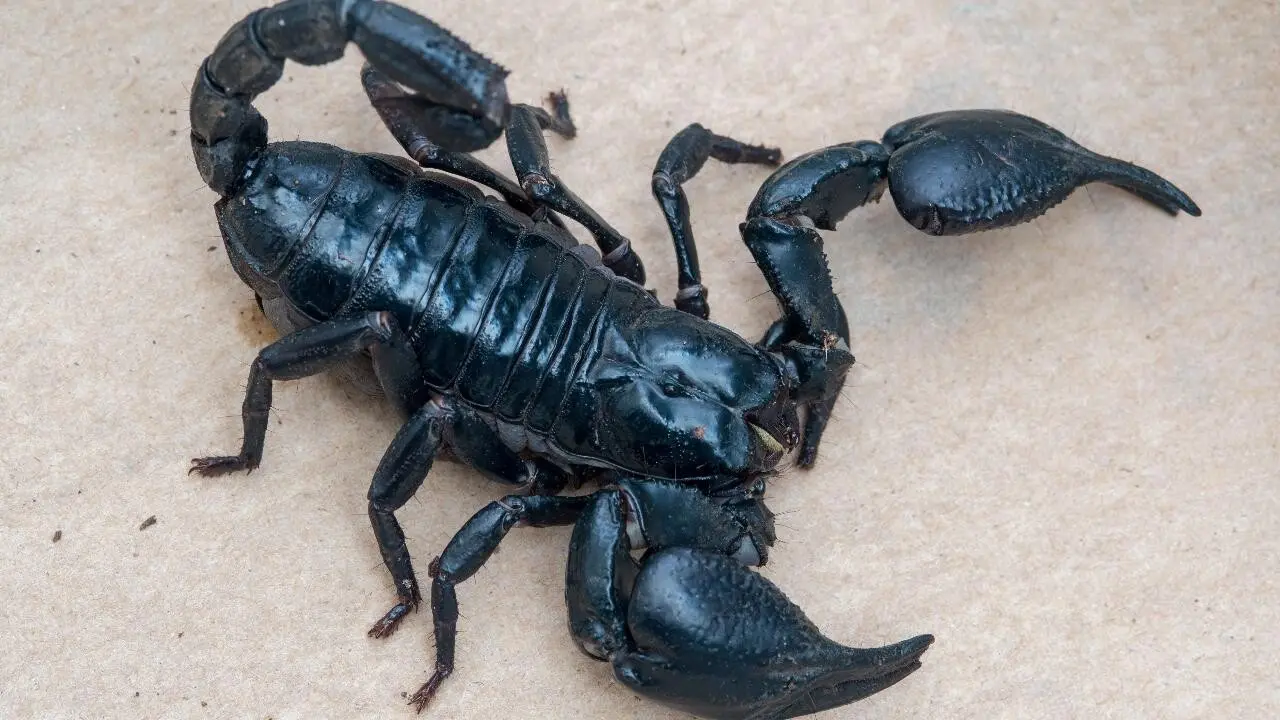
6. Driver Ant
Driver ants live in colonies like other ant species, and each colony can consist of up to 22 million ants. They are extremely dangerous because they have the ability to collectively prey on creatures of incredibly large sizes within minutes. They can attack and harm any species that obstructs their path.
When bitten by driver ants, a person will experience a stinging sensation and extreme pain. These bites can take a long time to heal if not treated or medicated promptly.
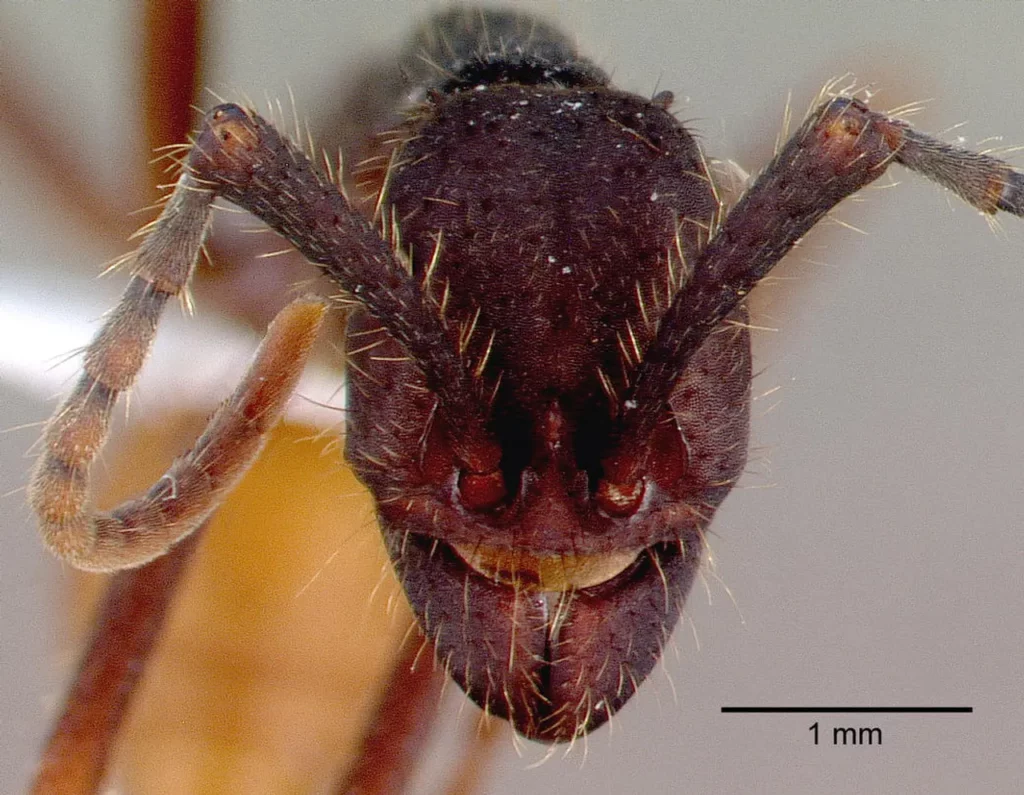
7. Fire Ants
Fire ants can cause death to people who are stung by them. Initially, a person will feel pain and a burning sensation in the affected area of the skin, which then becomes swollen and red. Without proper treatment, it can be fatal. The venom of fire ants is extremely dangerous, causing a painful and itchy sensation, dizziness, and respiratory distress for the victim.
Each year, over 80,000 people are bitten by fire ants, and nearly 100 of them unfortunately lose their lives due to this harmful ant species. They reproduce rapidly and have an advantage in searching for food for their colony. Fire ants have a preference for vertebrate animals, including both those with and without a backbone, as well as plants.
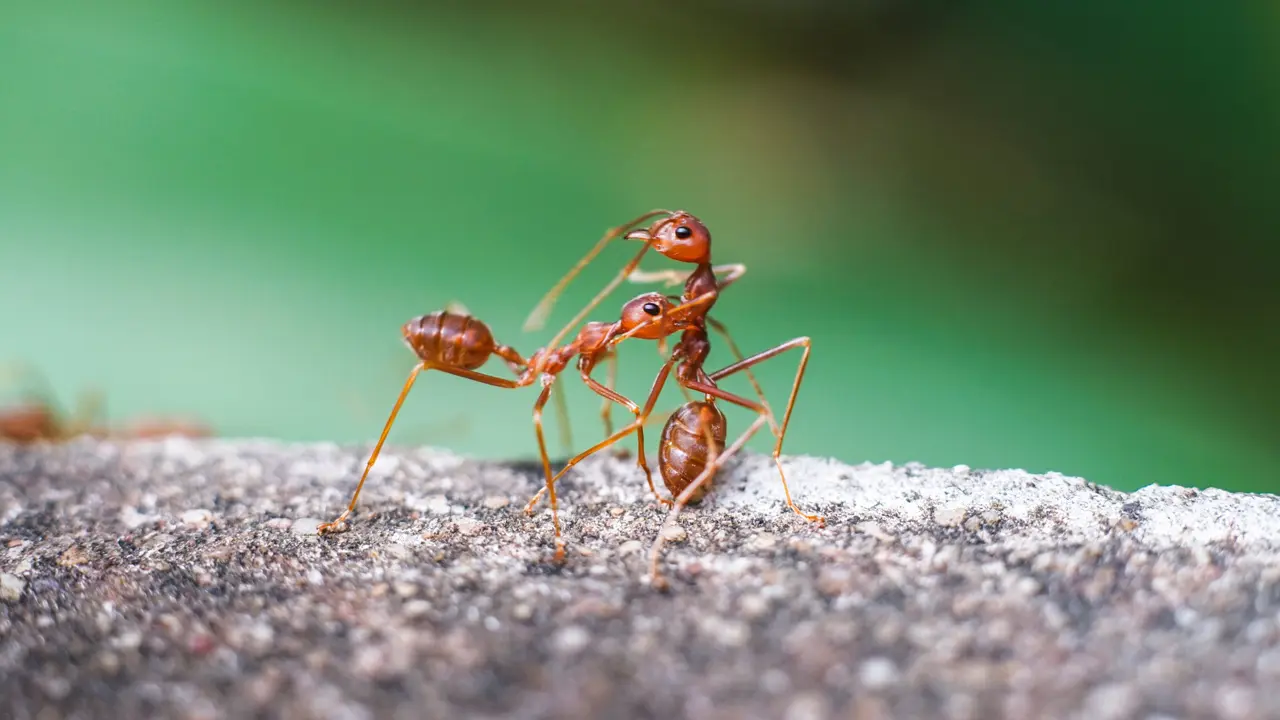
8. Bullet Ant
Despite their small size, bullet ants can cause excruciating pain. They are named “bullet ants” because each of their stings feels like being shot by a bullet and the pain can last for up to 24 hours.
Moreover, when bitten by bullet ants, a person may experience nerve paralysis, leading to a throbbing and incredibly uncomfortable pain. Therefore, it’s important to be cautious around bullet ant colonies.
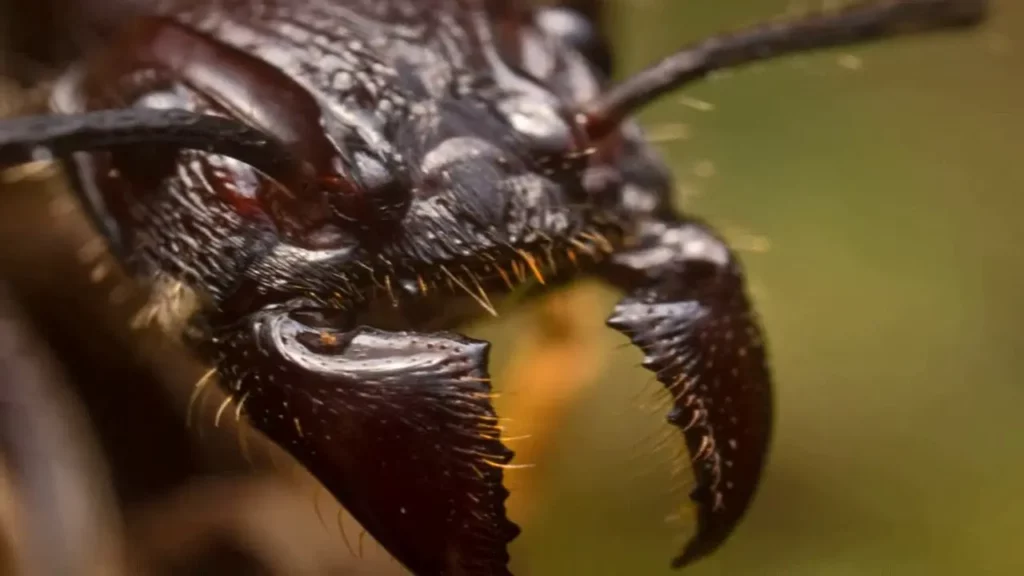
9. Africanized bee
Africanized bees, also known as killer bees, are considered highly aggressive predators. They live and operate in swarms and can chase down prey for distances of nearly 1km. If a person is attacked by a swarm of bees without receiving timely medical attention, it can result in death. Furthermore, their relatives, other bee species, are also quite dangerous, so it’s important to think of ways to treat the wounds as soon as possible if stung by them.
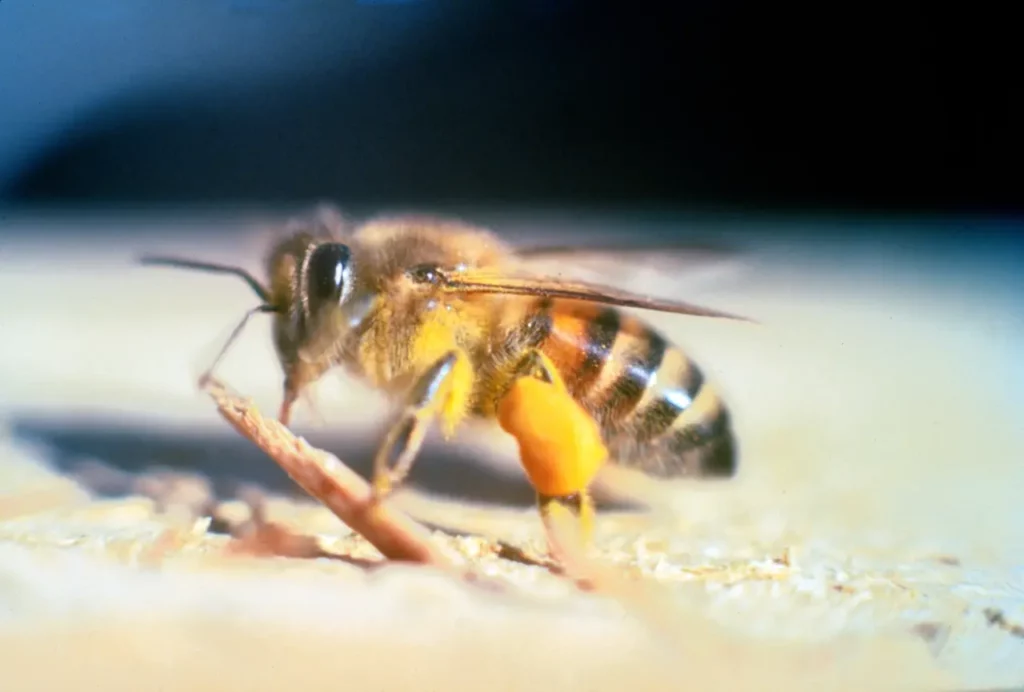
10. Asian Giant Hornet
The Asian giant hornet is an extremely aggressive species of hornet. Its venomous sting measures over 6mm in length and directly targets the nervous system, causing paralysis of the victim’s muscle tissues. They mainly inhabit Japan, and each year, over 40 people are bitten by those hornet species, resulting in fatalities.
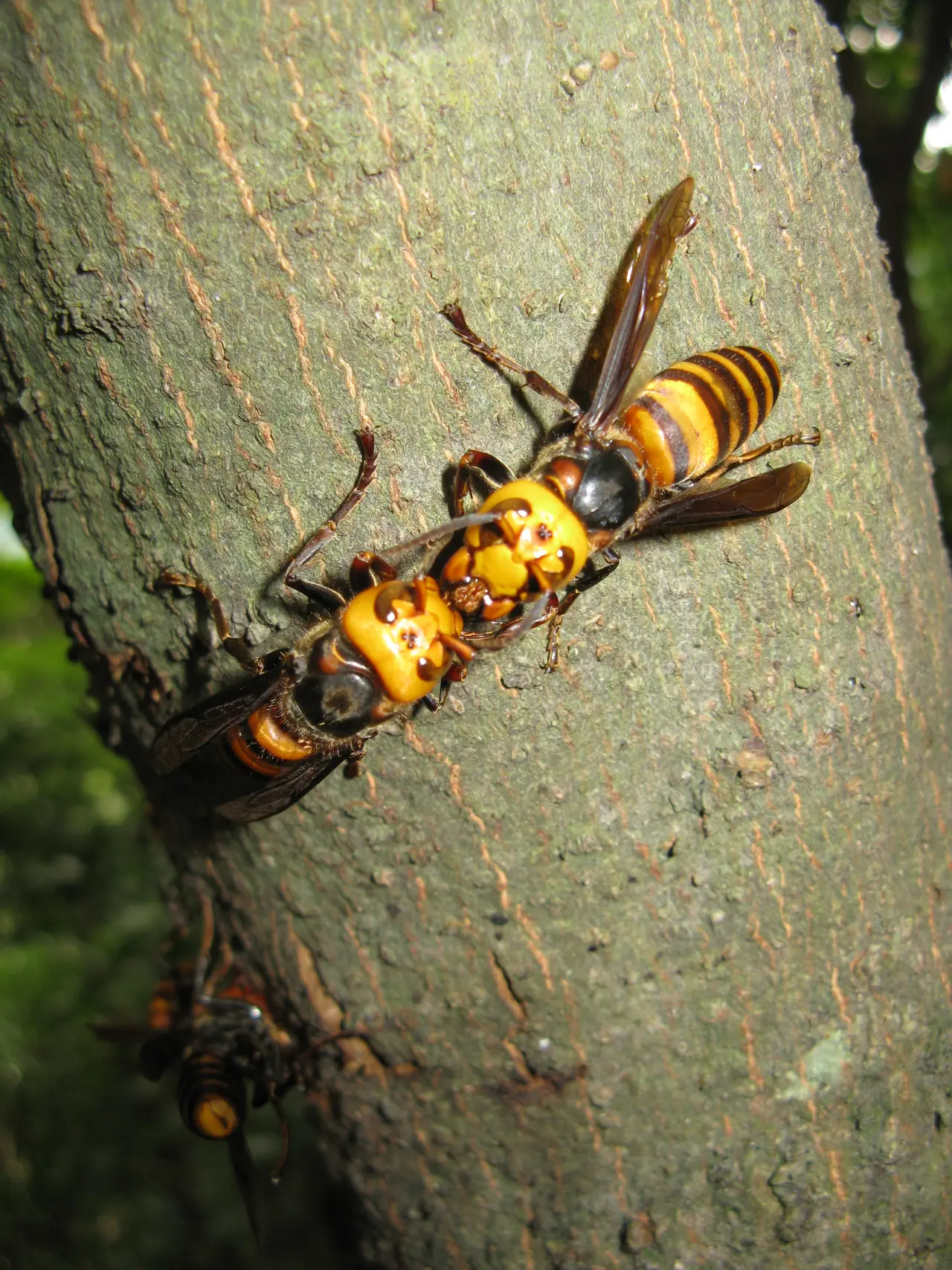
11. Black Widow Spider
One of the insects to be cautious of is the black widow spider, as they pose a threat even to their own mates. This spider species contains a neurotoxic venom called latrotoxin, which is estimated to be 15 times more potent and painful than the venom of a rattlesnake. When a person is poisoned by this toxin, they may experience muscle contractions and even paralysis, leading to death.
They are highly venomous spiders, considered one of the most dangerous in the world, and there have been numerous fatalities due to their bites. They can thrive and reproduce in any environment or harsh climate. However, they typically bite in self-defense when they feel threatened, and their bites inflict excruciating pain.
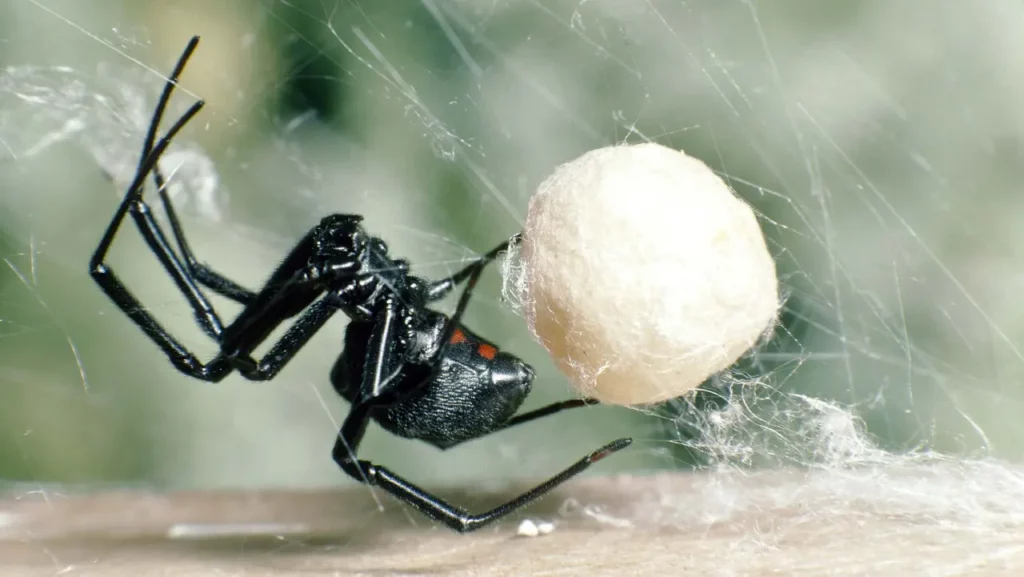
12. Tsetse Fly
The tsetse fly is one of the harmful fly species that is commonly found in concentrated populations in tropical regions of Africa. It is the vector for sleeping sickness, a disease that can be fatal when bitten by this fly. Humans will experience symptoms similar to influenza, such as sneezing, fever, severe headaches, and swelling at the site of the bite. If not promptly treated and addressed, the victim may develop high fever, confusion, seizures, and eventually fall into a deep coma.
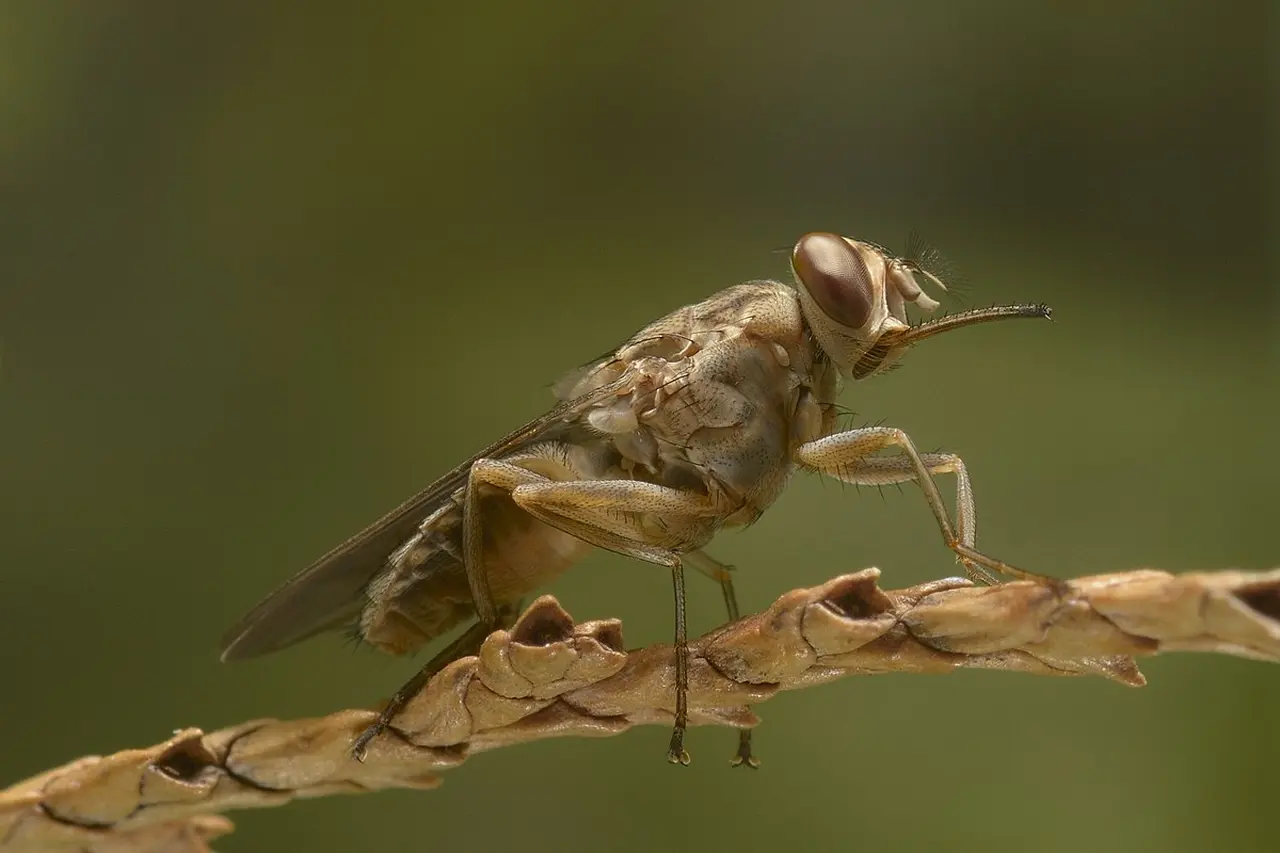
So, what should we do when attacked by these harmful insects?
What to do when attacked by harmful insects?
When attacked by harmful insects, you should take the following steps to protect yourself:
- Apply a cold compress or pain-relieving medication to the wound or take pain relief medication.
- For young children and the elderly, seek immediate medical attention to receive appropriate detoxification methods. Delaying treatment can be life-threatening.
- After receiving first aid and intervention, it is important not to be complacent. Follow up with medical examinations to prevent infection and avoid serious complications.
In conclusion, besides beneficial insect species, it is crucial to be cautious and alert when dealing with insects that pose direct threats to human life, especially for children and the elderly who may have difficulty reacting to harmful insects.
The above information provides a selected overview of the most dangerous insect species in the world. We hope that you will always pay attention and be vigilant in order to protect yourself and your loved ones from harmful insects. We look forward to meeting you in our future topics.